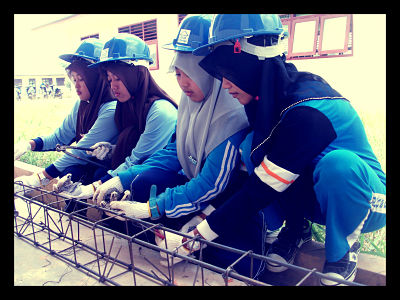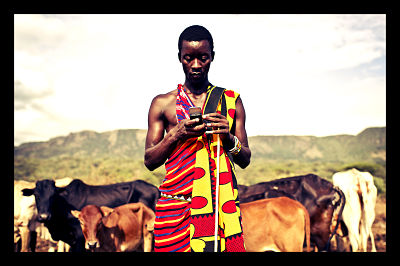
Poverty alleviation aims to improve the quality of life for those people currently living in poverty. Another term that is often used is poverty reduction.
Innovation Leads Poverty Alleviation
Rudy De Waele, CEO of Nyota Media, a growth agency for entrepreneurs and start-ups in Africa, recently gave a speech at the Mobile Innovations at the OCE Discovery event in Toronto, Canada. His speech, “How Mobile Technology is Transforming Africa” discussed the WOW Generation, mobile energy solutions and 3D printing, among other successful innovations happening on the continent of Africa. He spoke of how the WOW Generation is a new generation of young, talented and driven social entrepreneurs who are not only in it for the money, but who are taking into account a positive return to society as well. WOWers have already helped thousands by working with local entrepreneurs to solve local problems with low-tech solutions.
De Waele also covered a number of mobile energy solutions currently in effect. Angaza Design is a company based in Palo Alto that is currently working in Tanzania, Kenya and Zambia. Using solar panels, Angaza Design has developed pay-as-you-go technology to provide energy that will charge mobile phones in rural areas.
Another project De Waele mentioned does not necessarily alleviate poverty, but does improve the daily lives of people living with a particularly harsh disease in Kenya. The Happy Feet project uses 3D printing to create customizable shoes in an attempt to solve the jigger problem. A jigger, also known as a sand flea, is a small insect that bites and feeds on humans, cats, dogs and domesticated livestock. Though a single bite is not likely to cause damage, complications can arise when a female jigger burrows into the foot of a person. Due to the pain, victims of the sand flea are unable to walk, which means they are also unable to work. In cases of serious infestation, it is possible to lose a nail, in the best case, or whole digits from the hands and feet in the worst case. The worst cases appear in places of poverty.
By creating and using new and inexpensive mobile technologies, there is potential for increased economic growth in developing countries. Not only is there growth, but the positive changes are impacting those living in the worst conditions. While 3D printed, customized shoes will certainly help with jiggers and their detrimental impact on those living in Kenya, projects like Angaza Design?s mobile phone charger will give independence to those living in poverty.
However, like most things, poverty alleviation is not a simple act. The United Nations Development Programme states that simple economic growth will not reduce or alleviate poverty, improve equality or produce jobs, unless said growth is inclusive of all individuals in the economy.
For example, a recent study by the African Economic Outlook showed that economic growth in Nigeria has not resulted in poverty alleviation or the creation of jobs. Despite policies for inclusive growth and employment generation, the report showed a 3 percent increase in unemployment between 2010 and 2011. The report explained that this was because the oil and gas sectors, the areas increasing economic growth, do not have much potential to create jobs.
Though Nigeria projects a 6.7 percent growth in 2013 and a 7.3 percent growth in 2014, there are potential problems. Security problems arising from religious conflicts in certain states, as well as the continued cost of flooding, all constitute potential drags on projected economic growth. The report also said that current reforms that have resulted in price and exchange rate stability should be increased by the Nigerian government to see continued progress in economic growth, a key component of poverty alleviation.
– Jordan Bradley
Sources: The Next Web, UNDP, Camps International
Photo: OxFam
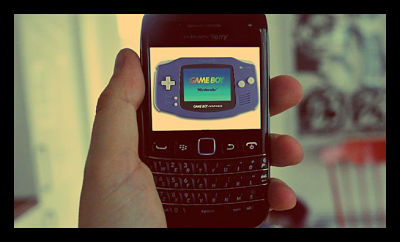
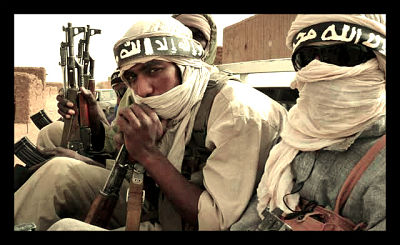


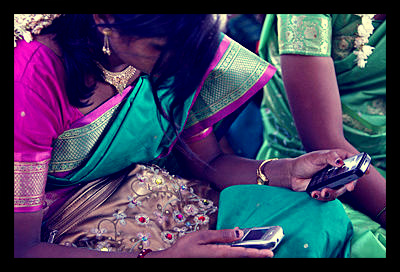
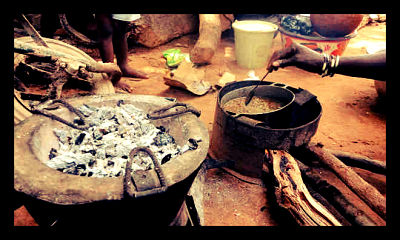
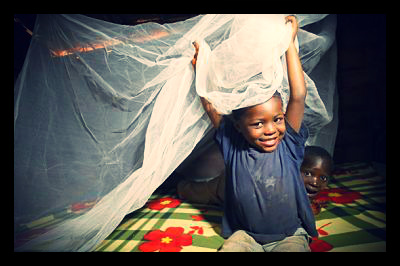
 Many think of them as a fun salty snack for baseball games or a key ingredient in the classic PB&J, but for a large group of women in the eastern province of Zambia where nearly 85 percent of the labor force works in agriculture, peanuts are a way of survival and the means to a better life. Peanuts are the number one crop grown in this area by women. To improve the efficiency of the production and sale of this crop would mean a huge increase in their quality of life.
Many think of them as a fun salty snack for baseball games or a key ingredient in the classic PB&J, but for a large group of women in the eastern province of Zambia where nearly 85 percent of the labor force works in agriculture, peanuts are a way of survival and the means to a better life. Peanuts are the number one crop grown in this area by women. To improve the efficiency of the production and sale of this crop would mean a huge increase in their quality of life.